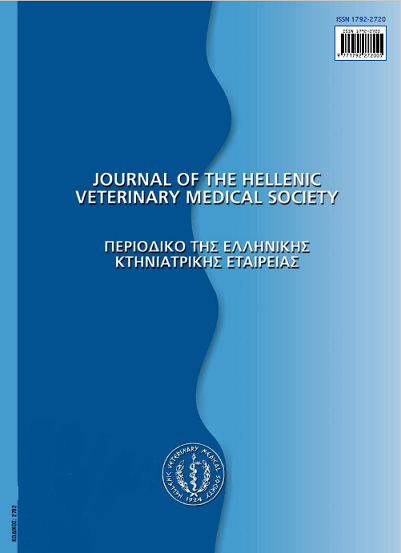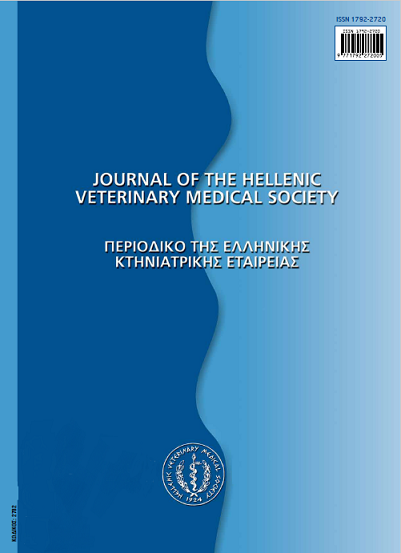Rabbit-assisted interventions in a Greek kindergarten
Аннотация
Objective of the study was to confirm efficacy of intervention by means of a rabbit. We studied and recorded reactions of pupils and personnel in the presence of a rabbit in a comprehensive-type kindergarten. We selected a group of 39 clinically healthy pupils, 2.5- to 4-year-old, who were attending the kindergarten and used relevant weighted questionnaires for pupils and teachers. In the presence of the animal, pupils’ ability of socializing, communicating and expressing emotions increased significantly. Teachers also found the results of the intervention particularly positive. It is concluded that rabbit intervention in a public kindergarten is feasible, low cost and does not require specialized personnel. The rabbit is a popular animal, familiar to children, hence the intervention was successful and effective as similar interventions with dogs, providing the chance to children to learn and become accustomed to animals.
Article Details
- Как цитировать
-
LOUKAKI (Κ. ΛΟΥΚΑΚΗ) K., & KOUKOUTSAKIS (Π. ΚΟΥΚΟΥΤΣΑΚΗΣ) P. (2017). Rabbit-assisted interventions in a Greek kindergarten. Journal of the Hellenic Veterinary Medical Society, 65(1), 43–48. https://doi.org/10.12681/jhvms.15512
- Выпуск
- Том 65 № 1 (2014)
- Раздел
- Research Articles
Authors who publish with this journal agree to the following terms:
· Authors retain copyright and grant the journal right of first publication with the work simultaneously licensed under a Creative Commons Attribution Non-Commercial License that allows others to share the work with an acknowledgement of the work's authorship and initial publication in this journal.
· Authors are able to enter into separate, additional contractual arrangements for the non-exclusive distribution of the journal's published version of the work (e.g. post it to an institutional repository or publish it in a book), with an acknowledgement of its initial publication in this journal.
· Authors are permitted and encouraged to post their work online (preferably in institutional repositories or on their website) prior to and during the submission process, as it can lead to productive exchanges, as well as earlier and greater citation of published work.




